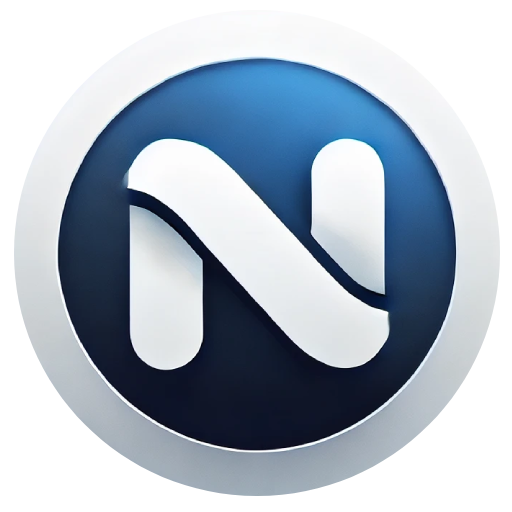Man is a tool-making animal — Benjamin Franklin
Benjamin Franklin’s definition highlights human creativity in inventing and using tools to extend their capabilities. Today, AI marks a leap in that evolution, from manual instruments to intelligent collaborators.
Velocity is no longer optional. Product teams at ProcessMaker went from shipping twice a year to shipping every two weeks. Figma’s State of Design (2025) states nearly 7 in 10 design teams (68%) routinely use AI to automate wireframing, generate visual assets and analyze user feedback.
As AI becomes embedded in daily workflows, it’s clear that design tools are becoming increasingly proactive, augmenting both speed and imagination.
Build a stack that reflects your craft
Your design stack depends on who you are as a designer. A UX researcher’s stack will look very different from a full-stack product designer’s, a conversational AI designer or a visual artist. There’s no one-size-fits-all.
Over the last six months, I’ve tried over 60 AI tools, chasing every new automation update and shiny product drop. However, the truth is that nearly everything in my workflow runs on just four to ten tools as shown in my AI product design stack.
Thus, the real value lies in intentional experimentation. Try new tools not because they are trending, but because they might unlock something better in your workflow. Ask yourself, Is there a smarter, faster, or more thoughtful way to do this?
Moreover, AI tools are evolving rapidly but the art of design remains human. Deciding what to make and how to make it exceptional still depends on taste, judgment, craft and your toolkit. As design leader Agustín Sánchez observes, “You’re not a great designer because you know the latest tools. You’re great because you know what to do with them.”
Prompting as a core skill
Last year, I repeatedly found myself dismissing AI outputs as mediocre until I realised the problem often wasn’t the model but the way I was designing my prompts. AI models with the right context provide them the information they need to generate meaningful responses.
Shifting my perspective to see AI as a collaborator and learning how to structure context, completely transformed the quality of my outputs
“Prompting is just like getting the AI up to speed — or nudging it in the right direction.” — John Maeda on How Leaders Will Use AI to Unleash Creativity
Alex Klein makes a compelling case that prompting is fundamentally a design activity and about crafting conversations with clarity, context, tone, and intent.
If you’re looking to sharpen your prompting skills, these resources are a great place to start
– Google Prompting Essentials
– IBM — Prompt Engineering Guide
– OpenAI — Prompting Guide
